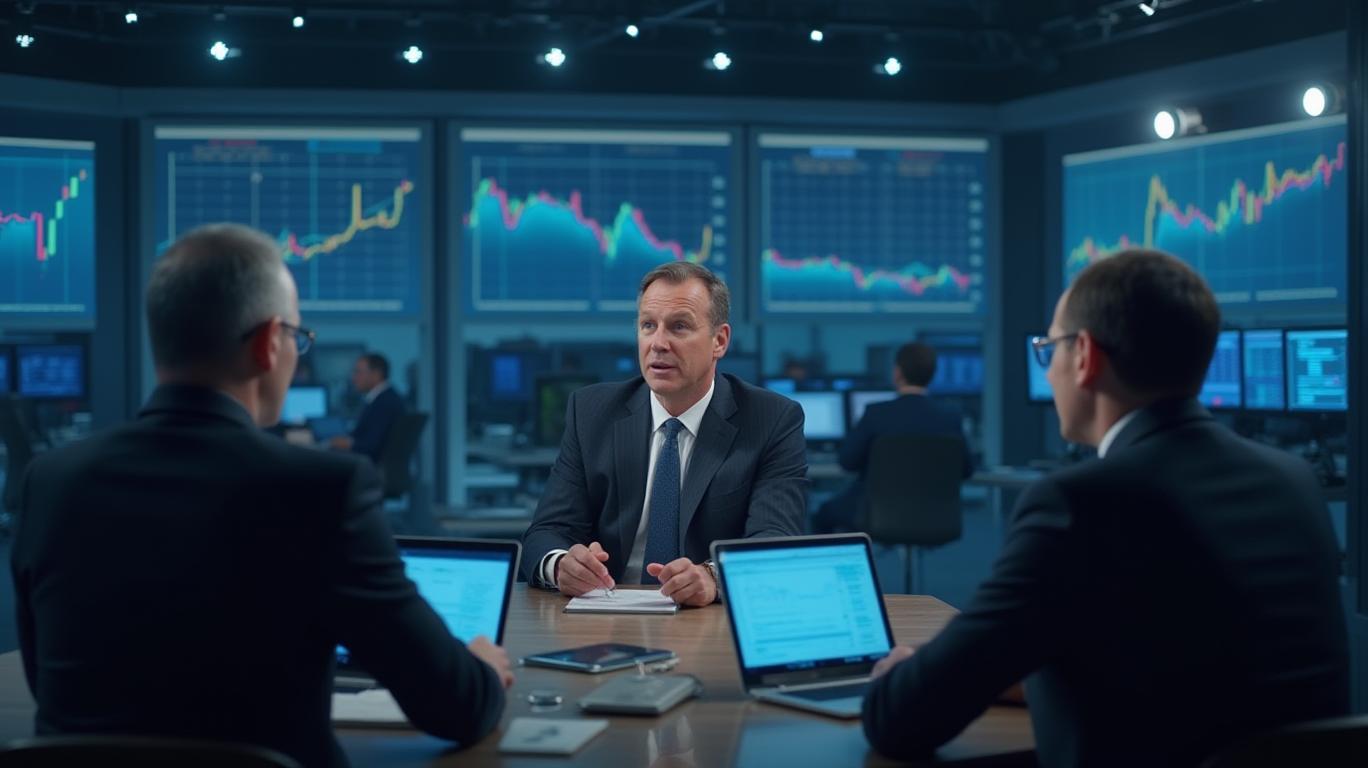Goldman Sachs: Tariffs to Boost US Inflation to 3.6% Temporarily
Goldman Sachs has recently released a report stating that while tariffs are expected to drive up the core Personal Consumption Expenditures (PCE) inflation rate in the United States to 3.6% later this year, this inflationary impact is anticipated to be a one-time price increase rather than a sustained inflationary pressure. The report, authored by Chief Economist Jan Hatzius and other analysts, highlights that the current situation poses less of a threat compared to the inflation surge experienced in 2021-2022. This is primarily due to the easing of labor market tensions, the continuous decline in forward-looking wage indicators, and the reduction in household consumption capacity, which is no longer sustained by fiscal transfers.
The report predicts that tariffs will elevate consumer prices by approximately 2% over the next year and a half, peaking the core PCE inflation rate at 3.6% in December. However, as the one-time price level increase effect fades from year-over-year calculations, the inflation rate is expected to return to normal levels by 2026. Beyond the tariff factor, other inflation data points have shown relative weakness. Goldman Sachs' monthly inflation monitoring indicates that potential inflation trend indicators continue to decline, with the leading indicator for new renter rentals rising only 1.4% over the past year.
Goldman Sachs analysts believe that the current situation is less threatening compared to the inflation surge of 2021-2022. This is primarily due to the easing of labor market tensions, the continuous decline in forward-looking wage indicators, and the reduction in household consumption capacity, which is no longer sustained by fiscal transfers. The labor market, which was at its tightest in 2022, has now returned to a more balanced state, reducing the risk of a wage-price spiral. The firm's wage survey leading indicator has further declined to 2.9%, a level that may be consistent with an inflation rate below the target.
Additionally, consumer spending power is no longer abnormally high. During the pandemic, fiscal transfers provided consumers with more disposable income than usual, but the availability of goods and services was limited due to restrictions. This unusual environment may have contributed to the spread of inflation. Companies that attempted to raise prices more aggressively than usual during this period found that the impact on sales was less than expected. In contrast, companies today have no reason to expect consumers to react as leniently to price increases as they did in the past.
Furthermore,
expects the U.S. economy to perform poorly this year, with GDP growth at only 1%, roughly half of the potential growth rate, and a slight increase in the unemployment rate to 4.5%. In this environment of moderate economic performance, Goldman Sachs is skeptical about the persistence of high inflation. Based on these analyses, Goldman Sachs believes that the Federal Reserve still has the opportunity to implement the final policy normalization rate cut after the tariff effect subsides and inflation eases. The report predicts that the peak effect of tariffs will be evident in the inflation reports from May to August and preliminarily forecasts the first rate cut to occur in December. However, Goldman Sachs warns that if tariffs on specific countries rise sharply or if tariff disputes continue until 2026, it could lead to production disruptions, supply chain issues, and shortages, potentially prolonging high inflation.

Comments
No comments yet